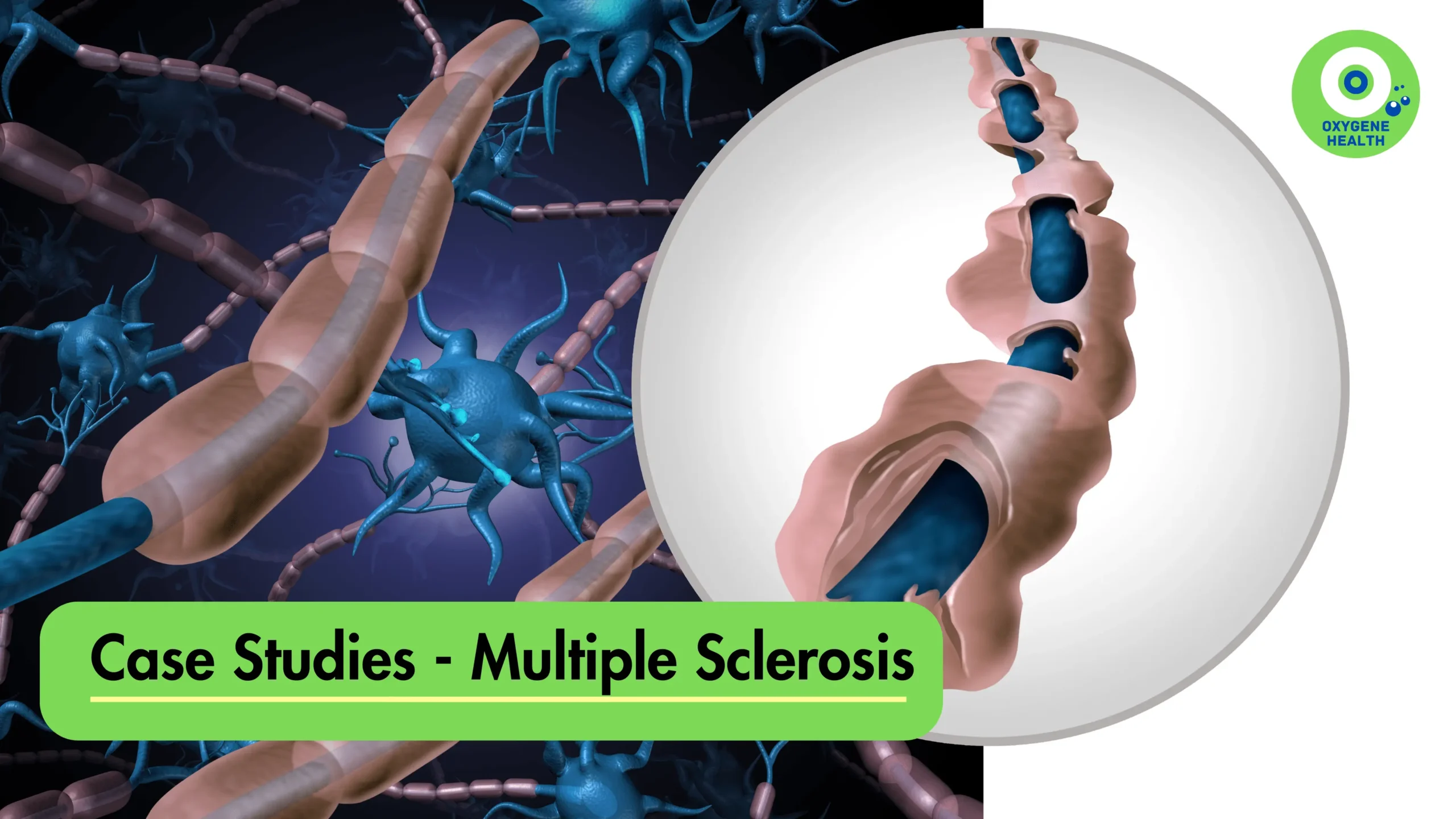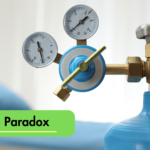Patient Background:
Emily is a 42-year-old woman diagnosed with relapsing-remitting multiple sclerosis (RRMS) six years ago. Despite receiving disease-modifying therapies (DMTs) and symptomatic treatments, Emily continues to experience recurrent relapses, fatigue, mobility issues, and cognitive impairment. Her quality of life is significantly impacted by the progression of her MS symptoms.
Clinical Presentation:
Emily presents to her neurologist’s office with worsening MS symptoms, including increased fatigue, muscle weakness, difficulty walking, and cognitive difficulties. Despite adjustments to her medication regimen, her symptoms persist, and she expresses frustration with the limitations imposed by her condition on her daily life and activities.
Treatment Plan:
Given the challenges in managing Emily’s MS symptoms and the limited efficacy of conventional therapies, her healthcare team recommends hyperbaric oxygen therapy (HBOT) as an adjunctive treatment modality to alleviate symptoms and potentially slow disease progression.
Hyperbaric Oxygen Therapy Protocol:
Emily undergoes a series of HBOT sessions, each lasting approximately 90 minutes, under the supervision of trained medical personnel at a specialized HBOT center. She receives 100% oxygen at increased atmospheric pressure within a hyperbaric chamber. The treatment regimen consists of daily sessions over several weeks, with adjustments based on Emily’s response to therapy and symptom progression.
Progress and Outcomes:
Throughout the course of HBOT, Emily and her healthcare team observe several positive outcomes in the management of her multiple sclerosis:
- Reduction in Relapses: Emily experiences a decrease in the frequency and severity of MS relapses following HBOT. The therapy appears to have a stabilizing effect on her disease course, leading to longer intervals between relapses and reduced disability progression.
- Improved Fatigue: HBOT contributes to a reduction in fatigue severity and improved energy levels in Emily. She reports feeling less exhausted and better able to engage in daily activities and social interactions.
- Enhanced Mobility: Emily demonstrates improvements in mobility and gait following HBOT, with increased strength, balance, and coordination. She experiences fewer falls and greater independence in walking and performing activities of daily living.
- Cognitive Function: Emily’s cognitive function shows signs of improvement, with enhancements in memory, attention, and processing speed. She exhibits better cognitive clarity and problem-solving abilities, facilitating her ability to manage daily tasks and work responsibilities.
Follow-up and Long-Term Management:
Following the completion of HBOT sessions, Emily continues to receive ongoing medical care and symptom management for her multiple sclerosis. She remains under the care of her neurologist, who monitors her disease activity, adjusts her medication regimen as needed, and provides supportive therapies to optimize her quality of life.
Conclusion:
In this hypothetical case study, hyperbaric oxygen therapy (HBOT) emerges as a promising adjunctive treatment modality in the management of multiple sclerosis. Emily’s experience highlights the potential benefits of HBOT in reducing relapses, alleviating symptoms, and improving quality of life for individuals living with MS. However, further research is needed to elucidate the mechanisms and long-term effects of HBOT on MS disease progression and symptom management.







